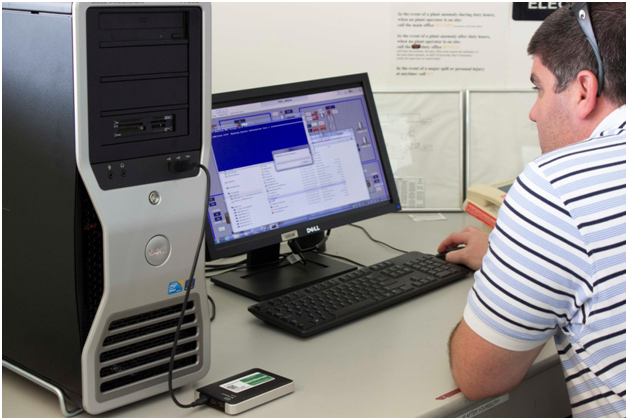You can’t always prevent a security incident from occurring, but being prepared and having a robust plan in place can reduce the severity of the impact and get your network systems back up and running again. Follow these five steps to respond to a security incident.

1. Analyse and identify
Scrutinise your network traffic to identify where a potential issue is coming from and if it has the capacity to cause serious problems to your systems. If an event could compromise your systems in some way, you need to classify this as an incident immediately.
2. Containing the incident
You need to act quickly as soon you have recorded an incident, and this involves containing the problem so that it doesn’t spread throughout your network and cause untold damage. This could involve disconnecting affected equipment and isolating it from the rest of your network or completely stopping the service that is connected to the incident. Staff must know who has the authority to carry out these actions, so make it clear beforehand who is responsible for dealing with security incident containment so you don’t waste any precious time.

3. Eradicating the problem
Knowing what to do to get rid of the problem is essential following a security incident, and you might need expert assistance from companies like https://www.promisec.com, who provide endpoint security management. Eradicating the incident involves wiping it off your network, which could mean removing or reformatting hard drives and restoring your systems.
4. Recovery
Recovery largely depends on how widespread the incident was and how you have eradicated it. According to Microsoft TechNet, you will need to decide whether you can restore the existing system while leaving as much intact as possible or if you will need to completely rebuild the system from scratch.
Recovery may also involve applying the necessary patches and seeking approval to change the security architecture of your systems.
5. Follow-up
It is essential that a security incident is properly documented so you can look at ways to learn from the experience. This can help to reduce the risk of it happening again, and if it does occur, you will know the correct and most appropriate procedures to follow to ensure the most effective outcome from the situation. Additional training may be required as part of the follow-up procedure.




Leave a Reply